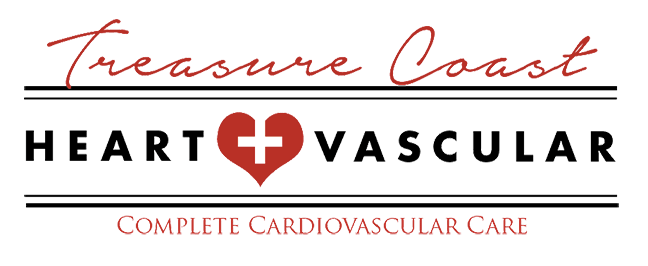Q: What are varicose veins?
A: Varicose veins are permanently enlarged veins located beneath the skin that have dilated and become tortuous in response to abnormally high venous pressures seen in venous insufficiency. They are typically blue or purple, measure 3-8 mm in diameter, and have a twisted, ropy appearance. They affect an estimated 10% to 60% of the adult population. Varicose veins are not really the problem in themselves, but more a symptom of the underlying venous insufficiency.
To think of varicose veins as the main problem when you have them is sort of like thinking that the problem with getting the measles is only the spots. The spots are an indication that there is an underlying viral infection. If you want to cure the spots, you have to treat the virus. Treating the spots alone is pointless.
The biggest contributing factor in the development of varicose veins is heredity or family history. The risk of developing varicose veins is >90% when both parents have varicose veins, 25% for males and 62% for females if one parent is affected, and 20% when neither parent is affected. Other risk factors include prolonged standing or sitting, pregnancy, hormonal influences, and local trauma. The incidence increases with age.
Varicose veins are irreversibly damaged and are not assisting in blood circulation (in fact they actually impair blood return to the heart). The body will not miss them when they are removed, and they are not suitable for use during heart bypass procedures.
